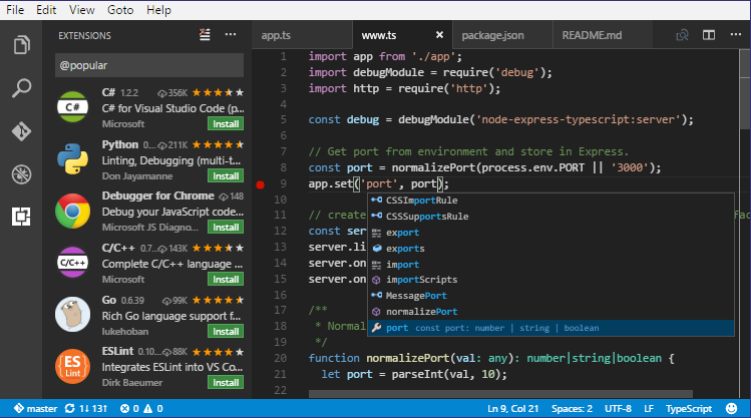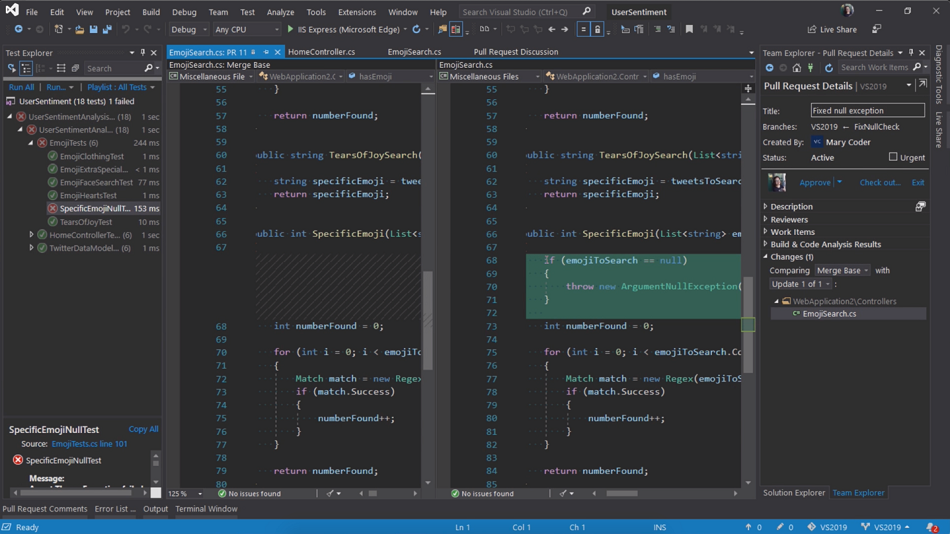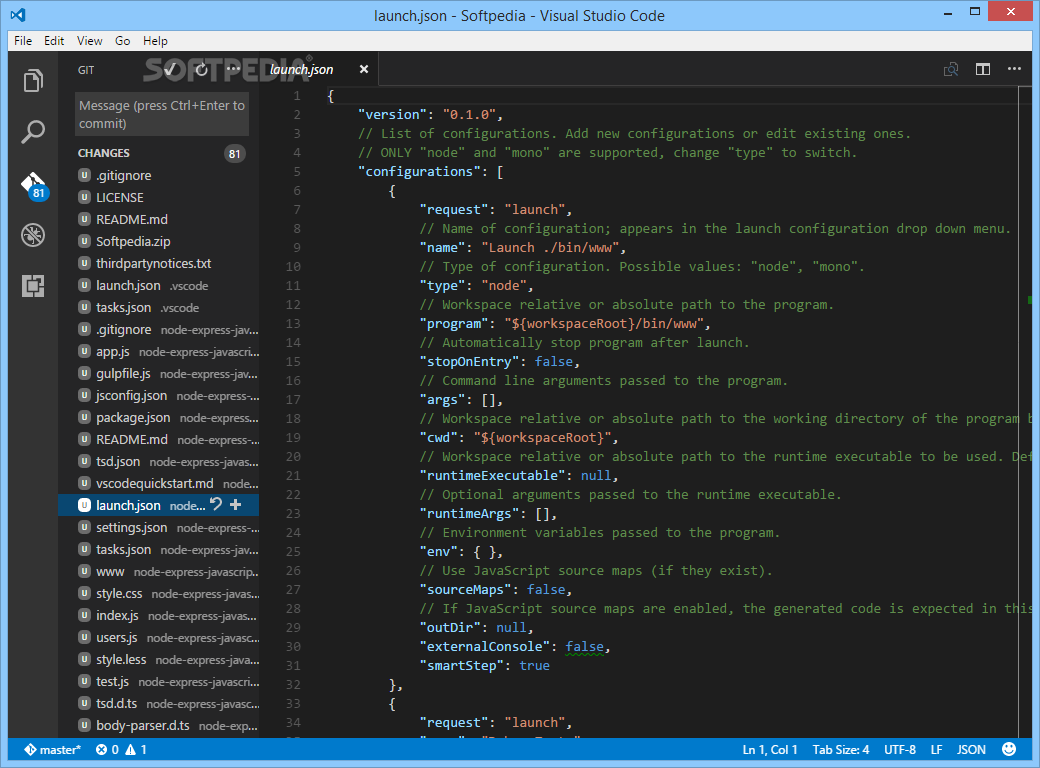
The VS Code IDE will now start and opens its home page. Use the following commands to install these extensions one after the other. The installation is pretty straight forward and just follow the on-screen instructions.īefore launching VS Code, you have to install three extension for Visual Studio Code. deb file to begin the installation of VS Code. Open the downloads folder in the Raspberry Pi and double click on the downloaded. deb package for ARM (not ARM 64) and at the time of writing this tutorial, it downloaded a file called ‘code_1.54.3-1615805722_b’. deb package (64-bit or 32-bit depending on your Raspberry Pi OS).

Scroll down to Linux Downloads and download the ARM version of VS Code in. This is because, I discussed all the necessary tools that you have to install in your Raspberry Pi in order to program Pico with C Programming Language.Īll the following steps assume that you have already installed the necessary toolchains as mentioned in the previous tutorials.įirst, open the browser in your Raspberry Pi and go to the official VS Code download website. At least the ‘ Programming Raspberry Pi Pico with C’ and ‘ Program and Debug Raspberry Pi Pico with SWD’ tutorials.

IMPORTANT NOTE: Before proceeding with installing VS Code on your Raspberry Pi host computer, I strongly recommend you to complete the previous tutorials on Raspberry Pi Pico. Installing Visual Studio Code in Raspberry Pi Then, we will shift our focus to a Windows System, where we need to download (and install) a whole lot of tools before installing VS Code. In addition to the basic functionality of code editor, VS Code also has several important features like Debugging, highlighting syntax, support for plugins etc.įirst, we will see all the step for installing Visual Studio Code on our Raspberry Pi host computer. It is available for all the three major OS platforms: Windows, Linux and Mac. VS Code or Visual Studio Code is a code editing software developed by Microsoft.

The Raspberry Pi Foundation recommends Visual Studio Code IDE to edit and debug the code in Raspberry Pi 4 SBC. This is where the like of VS Code and Eclipse IDEs come into play. This is okay if your application is just to Blink and LED or print some info on the Serial Output.īut if you want to implement a bigger project, using terminal to write and maintain the code becomes tedious (at least for beginners). In all the previous Raspberry Pi Pico tutorial, we used Raspberry Pi as the main host computer and used the terminal to program Raspberry Pi Pico in C.


 0 kommentar(er)
0 kommentar(er)
